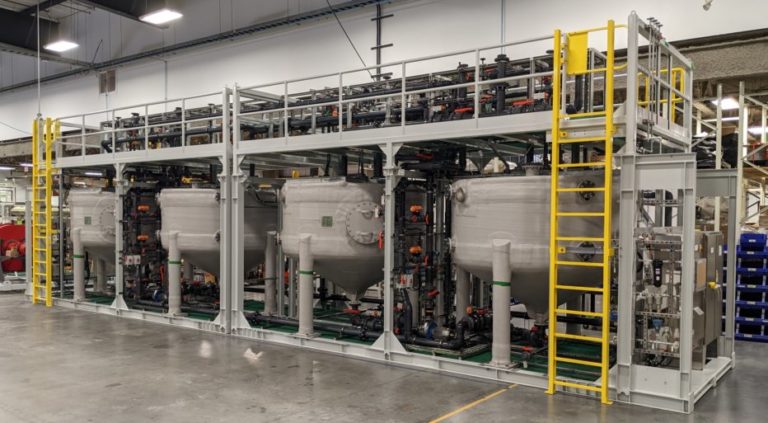
BrineRefine Chemical Reactor
BrineRefine is a continuous stirred tank reactor (CSTR) that executes diverse chemical reactions efficiently and with precision.
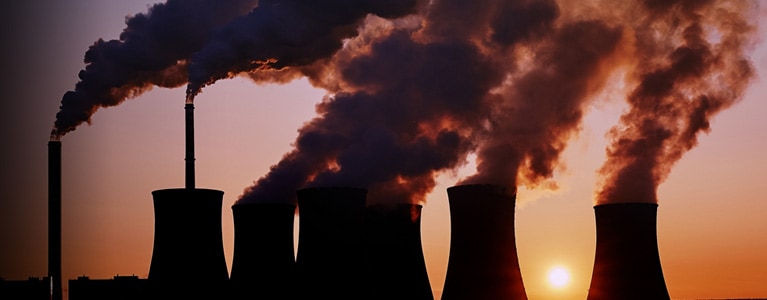
Saltworks » Applications » Flue Gas Desulfurization Wastewater Treatment
FGD systems remove SO2 from flue gas in power plants. Water used in the process is usually recycled internally, but needs to be purged when chloride concentrations exceed a set level. Accumulating chlorides are the root cause of FGD blowdown wastewater: they decrease sulfur absorption in the scrubber and add corrosion risk. Blowdown wastewater can have a chloride concentration between 10,000 mg/L and 30,000 mg/L.
Saltworks has novel and conventional solutions for FGD water. We can help you to assess all options, from selective chloride removal up to full stream treatment and ZLD solutions.
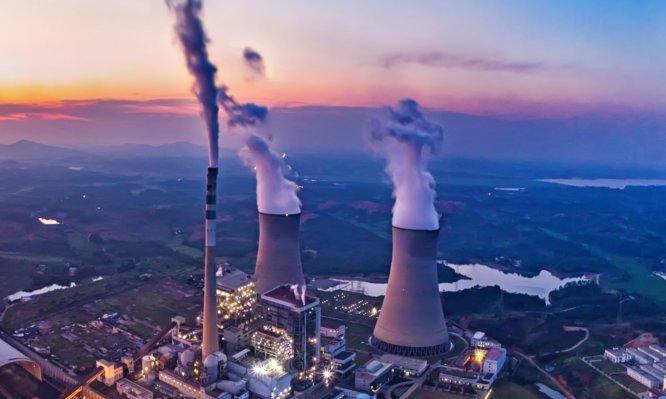
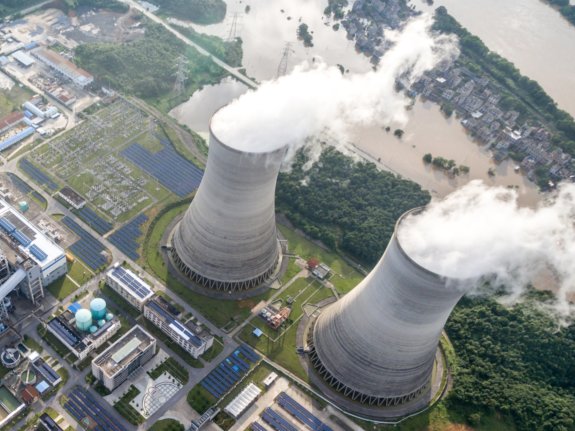
Saltworks’ offers FGD blowdown solutions:
Every FGD site is different. Some have fly ash and landfill capacity readily available, making high recovery membrane systems such as mEDR attractive by avoiding calcium removal via soda ash treatment and more costly evaporative crystallizers. Other sites may seek full-stream treatment via hybridized chemical softening, reverse osmosis and evaporative processes.
Our articles provide more information on FGD water treatment economics. Contact us to start a review of your project.
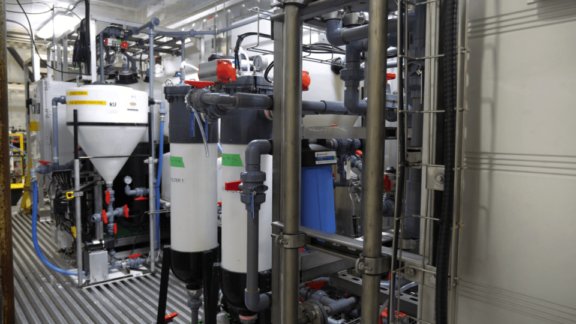

BrineRefine is a continuous stirred tank reactor (CSTR) that executes diverse chemical reactions efficiently and with precision.
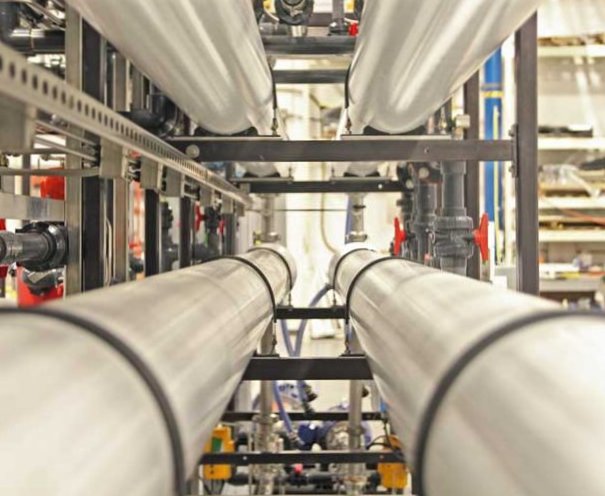
Our XtremeRO and OARO provide industry-leading recovery and reliablity. Concentrate brine, reduce discharge volumes, recover freshwater and more.
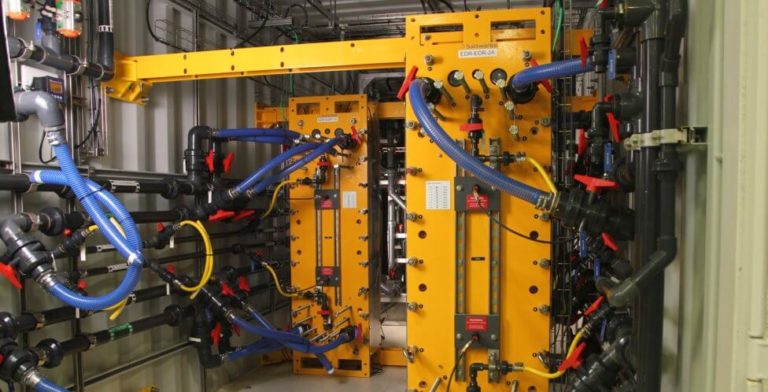
FlexEDR is a next-gen electrodialysis reversal (EDR) system for industrial wastewater desalination, solving scaling issues & boosting recovery.
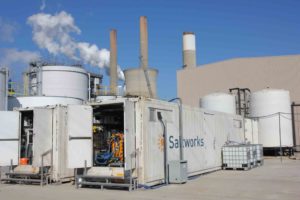
Saltworks welcomes a new report by the Electric Power Research Institute (EPRI) summarizing results from a pilot completed at a large coal power plant in the US. FlexEDR monovalent electrodialysis reversal treated FGD wastewater, recovering 93% freshwater.
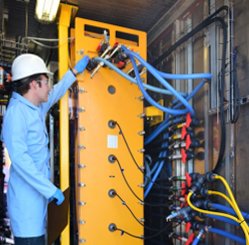
Saltworks is honoured to receive POWER Magazine’s 2020 Water Award for our ground-breaking ‘chloride kidney’ industrial desalination solution.
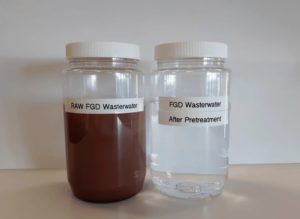
Saltworks completed an off-site FlexEDR Selective pilot test to treat flue gas desulfurization (FGD) wastewater from a coal fired power plant in China. The objective was to reduce chlorides such that the FGD wastewater could be internally recycled and final treatment costs reduced notably.

As regulations on FGD wastewater tighten, additional treatment is required. Often, this is chemically intense, and high cost. The best means to lower treatment costs is to reduce the volume of wastewater generated, usually by increasing internal recycle.